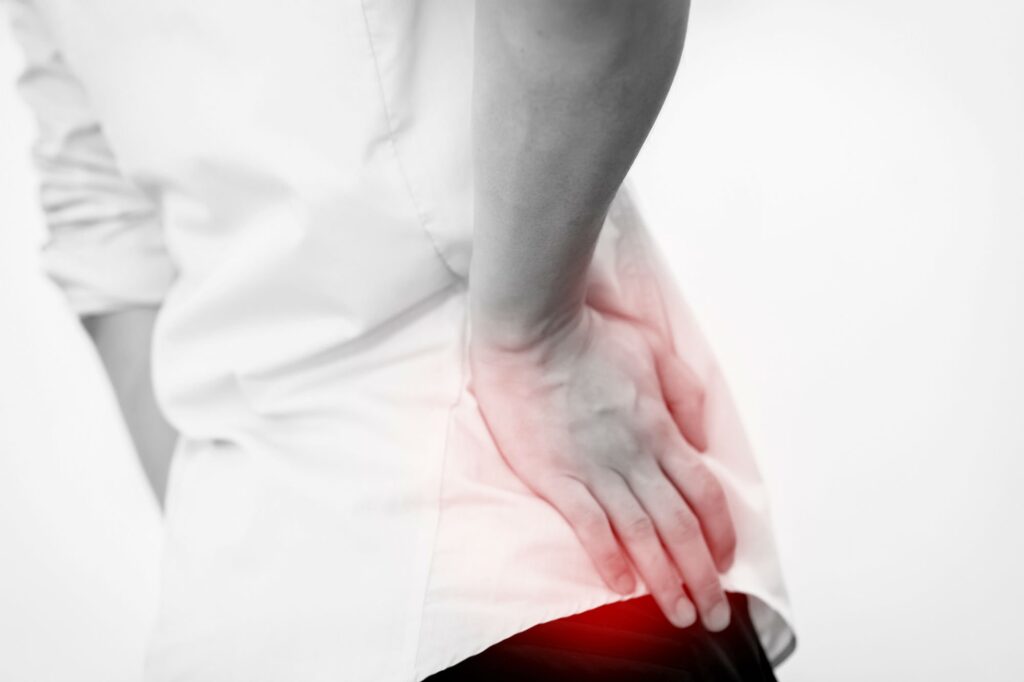The hip joint comprise of the joint between the femoral head (head of the thigh bone) and the acetabulum (socket of the pelvis). The surfaces of the femoral head and acetabulum are lined with cartilage to allow smooth joint motion. Hip arthritis occurs when there is degeneration of the cartilage.
Hip arthritis can occur due to age-related degeneration of the cartilage or secondary to other causes such as trauma (after hip fractures), avascular necrosis (damage to the head of the thigh bone due to decreased blood supply) or inflammatory arthritis. Femoroacetabular impingement (FAI) is a condition where there is impingement and restriction of the movement of the hip joint causing injury to the bumper of the hip (hip labrum) and cartilage of the hip joint which can lead to hip arthritis. There are childhood developmental conditions of the hip joint which can also lead to hip arthritis.

Symptoms
- Pain in the groin, thigh and buttock
- Decreased movement of the hip
Diagnosis
Early problems of the cartilage are usually picked up on a MRI scan while advanced degenerative changes (such as osteoarthritis of the hip) can be seen on X-rays of the pelvis/hip joint.
Types of Treatment
- Physiotherapy
- Anti-inflammatory medications
- Keyhole, minimally invasive surgery
- Core decompression (release of the pressure to allow blood flow into the head of the thigh bone)
- Total hip replacement





